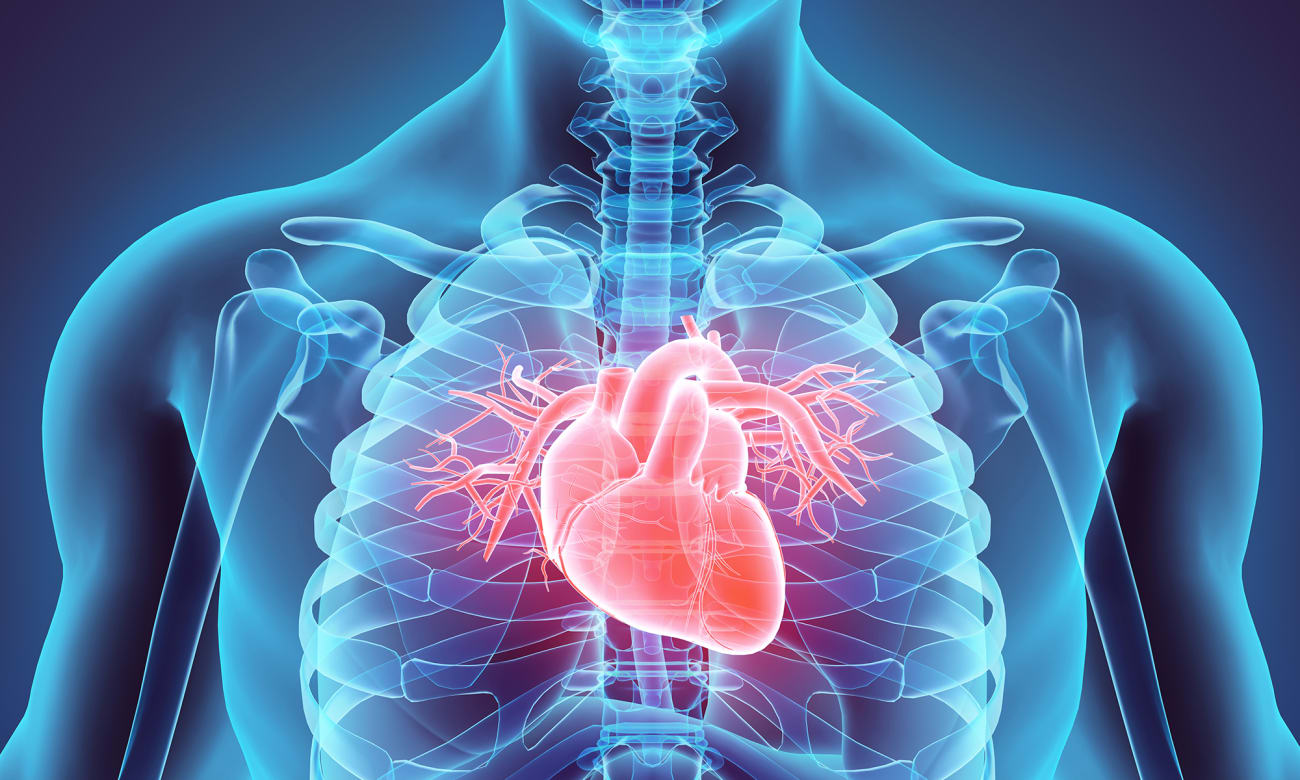
2019 was a pivotal year for the Johns Hopkins Heart Transplant Program. The program performed its highest number of transplant operations — 27 — since its launch in 1993, and initiated additional efforts to help patients get their needed organs sooner.
Part of the success is thanks to a new organ allocation system begun by the United Network for Organ Sharing (UNOS) in October 2018, says cardiologist Kavita Sharma, interim director of the Advanced Heart Failure and Transplant Cardiology Section. Under the previous system, patients considered to have the highest need for a heart transplant had a wide range of acuity, from those who were ambulatory on a hospital floor to those needing total cardiopulmonary circulation support. The 2018 change further divided patients based on illness, so those most sick were made a higher priority. The modification also extended the radius from which the Johns Hopkins team could procure organs for transplant, which is now up to 500 miles, allowing experts to reach new geographic regions for donor hearts.
As a result, Sharma says, “Many of our patients who typically would have had long wait times in the hospital based on clinical status and blood type are now being transplanted at an appropriate listing status sooner.”
The team has been watchful of waitlist times, knowing patients are eager for their new organs, says cardiac surgeon Ahmet Kilic, director of heart transplantation and mechanical circulatory support.
“Even though we’ve done a large number of transplants, it’s by no means such an exhaustive number where patients get lost to being just a number,” Kilic says. “The best thing about our program is the personal relationships we’ve built with patients while caring for them the best way we can. We strive to be progressive and push the envelope but not pursue anything experimental.”
Over the past year, the team made use of more implanted devices to temporarily support heart function, such as the axillary intra-aortic balloon pump. The balloon pump can be inserted through the axillary artery underneath the shoulder blade, allowing patients to be mobile in the intensive care unit while waiting for their transplant, under the watch of experienced coronary care unit staff. Such pumps typically are inserted through the femoral artery in the groin, which renders patients immobile on bed rest. More than half of patients transplanted in 2019 at Johns Hopkins benefited from temporary mechanical support like this.
In another milestone for 2019, the program performed its first combined heart-liver transplant. And Sharma, with the aid of infectious diseases physician Christine Durand, implemented a program to incorporate hearts from donors with hepatitis C. Four patients at Johns Hopkins received hearts from hepatitis C-positive donors last year.
“Hepatitis C has proven therapies and is now considered a treatable condition,” says Sharma, noting that donors with the disease often are younger, with healthy organs. Potential recipients interested in the program receive additional education about hepatitis C treatment and provide a separate consent.
To refer a patient, please call 410-955-7935.
PUBLISHED IN CARDIOVASCULAR REPORT SPRING 2020



